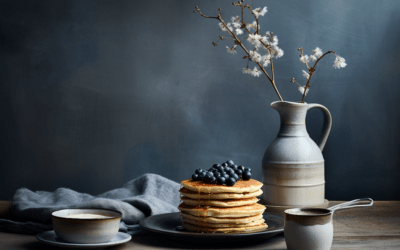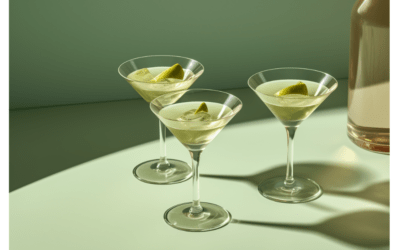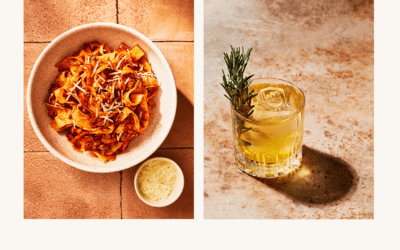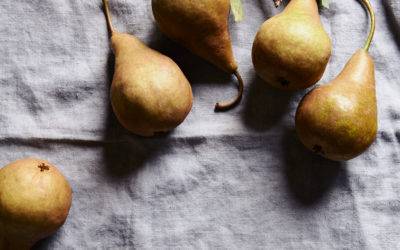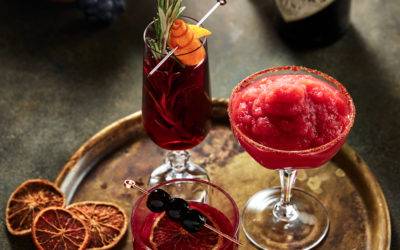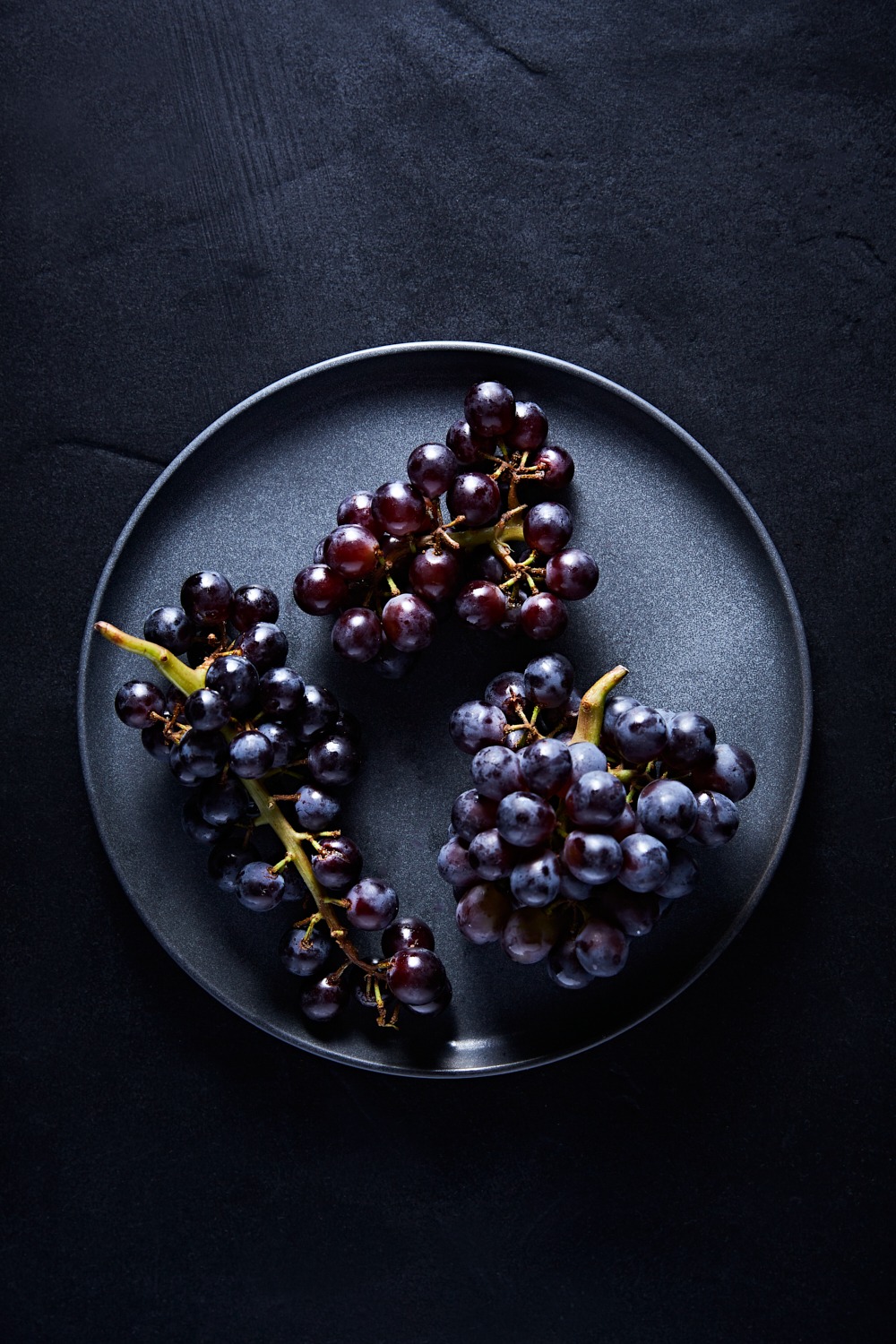Artifical Light
The Power of Multiple Lights in Food Photography
If you've ever asked yourself how to make your food photography truly stand out, mastering multiple light setups will be the game-changer you’ve been searching for. Understanding how to use two or...
Reducing Unwanted Reflections and Hot Spots in Food Photography
A common challenge in lighting food and beverage photography is dealing with distracting reflections and hot spots. These issues often arise when photographing reflective surfaces or glossy...
Capturing the Mood: How Different Lighting Setups Can Influence the Feel of Your Food Photos
When it comes to food photography, lighting setups are everything. They can make or break a shot, setting the mood and influencing how your audience perceives the dish. From bright and airy to dark...
Mastering Fill Light
Whether you’re a beginner or further along your photography journey, understanding fill light and its application is foundational to your work. Read this post to find out the five essential tips that will transform the way you use light in your images. >>
Mastering Colour Harmonies: Crafting Vibrant Designs with Colour Theory
Learning about Colour Theory is an exciting journey that will add a vibrant new dimension to your creative toolkit.
Colours are the foundational ingredients of your artistic endeavours, and colour harmonies as the secret sauce that brings them to life. In this post we’ll explore realm where colours come together in ways that not only please the eye but also evoke emotions and tell the stories that are so integral to captivating food photography.
Composition Ideas for Your Food Photography
Do you find yourself stuck in a rut when it comes to composing your photos? Keep reading to get some composition ideas for your food photography. >>
Four Ways to Use Contrast in Your Food Photography
Contrast is an important principle in composition. When you look at the work of master artists, you’ll notice that a common practice is to place the most relevant subject or element on or near the greatest area of contrast, in order to give it priority. Keep reading to find out 4 ways you can use contrast in your food photography.
The Basics of Shooting with Multiple Lights
As a food photographer, you can shoot with natural or artificial light. If you want to shoot commercially, you need to use artificial light—often several of them. Keep reading to find out how to control and manipulate light so you can predict what your light is going to do.
Combining Multiple Lights in Food Photography
One of the biggest challenges in learning artificial light for food photography is using multiple lights in a scene. Shooting food with multiple lights is kind of the last frontier of learning flash. Keep reading for the basics you need to know to get started.
How to Get Creative with Your Food Photography Lighting
The best thing about working with artificial light—especially with flash—is how much control it gives you. You can work at any time of day or night and achieve consistent light from frame to frame. You can craft whatever light you want to tell the story of your food. Find out How >>
How to Do Bright + Airy Food Photography (with Artificial Light)
When it comes to food photography styles, bright and airy shots are universally popular. However, this style can be difficult to pull off with artificial light, especially with scenes that have a lot of white in terms of props and backgrounds. Keep reading to find out more!
My Top Tips for Working with Flash
Learning to use flash for food photography can be challenging but very rewarding. After a couple of years of shooting in natural light, I made the switch to flash when I knew I wanted to work...




